The Biggest Nuclear Submarine in the World – Typhoon Class Submarines
Maritime history charts several unique submarine vessels that have played important parts in shaping today’s present – both positively as well as negatively. The Typhoon Class submarines merits an honorary mention, in this context.
Russian Submarines
One of the last remaining vestiges of the former Soviet Union, they are the biggest submarines ever designed and built. Though referred to as Typhoon in English, they are known as Akula (shark) in native Russian. Built in the Severodvinsk shipbuilding yard in the 80s, the biggest submarine is known for its complete stealth and soundlessness while moving under water.
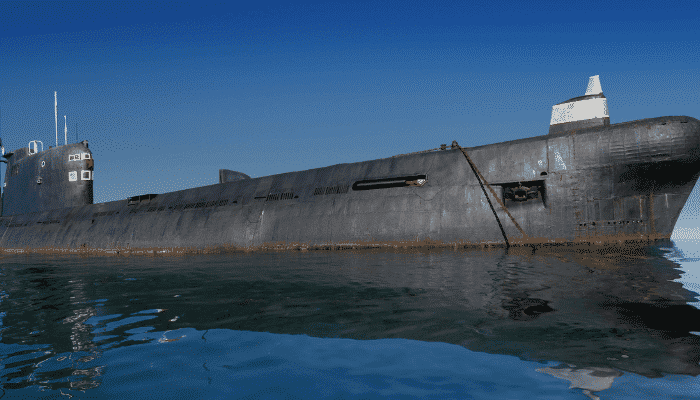
At first, this appears to be quite contradictory with the hugeness of the vessel. But in fact it is this aspect that makes the largest submarine so important in contemporary parlance. The Russian submarines were well advanced for their time and intended to be the absolute retaliatory vessels especially in the Northern oceanic areas prone to sub-zero temperatures. The submarines could attack any approaching vessel under the cover of the ice without having to worry about damages to their torso or to the naval crew inhabiting it.
However the most important feature of the submarines was the sturdiness of the vessel’s hull. The typhoon class submarines’ hulls were multiply covered in order to enable feasibility for longer underwater sustenance and to provide for the crew’s basic comforts. As compared to the then-conventional submarine designing of narrower-heads, the Russian submarines were broader which added to their overall subtle movements while on water. At the time of their construction, the submarines were intended to be the Soviet answer to the United States’ Ohio Class submersibles.
Submarine Details and Specifications
- Equipped with ballistic projectiles, the six submarines were propelled through two nuclear reactors, generating almost 200 megawatts (MW) of power each
- The maximum displacement offered by each of the six nuclear submarine is around 48,000 tonnes
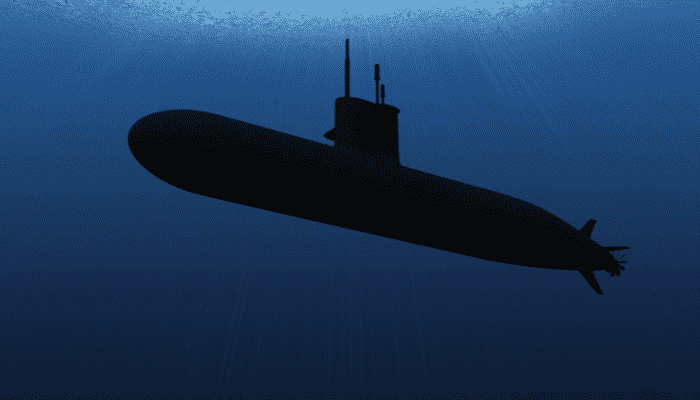
- The submarines measured 175 metres lengthwise, 23 metres breadth wise with a draft of 12 metres and at speeds ranging up to 27 knots
- Up to 160 people could be housed within a Typhoon Class submarine during its active operational duty extending up to three-to-five months
Present Scenario
The original plan was to construct a fleet of seven of these naval vessels. However on account of several constraints, only six submarines were able to be put into operation and the construction of the seventh vessel was abruptly abandoned.
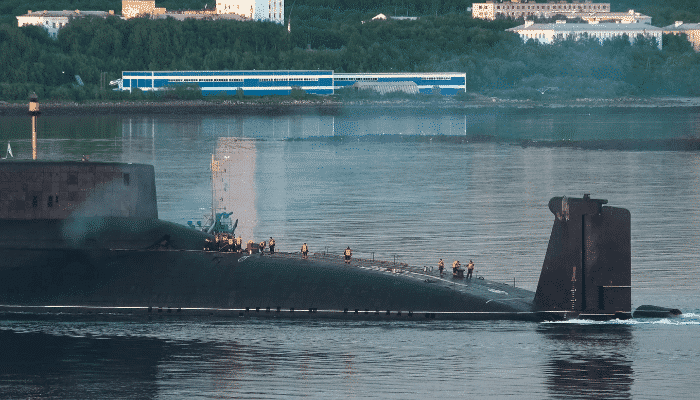
At present, of the six vessels, three have been effectively discharged from naval service; one is still in operation while the last two are expected to re-furbished and re-outfitted to suit the contemporary Russian requirements.
Armed with nuclear weaponry, the Typhoon Class submarines did not face any major wartime action. But these submersibles did indeed possess the technology and armaments’ cache to change the face the world in the volatile 1980s.
Do you have info to share with us ? Suggest a correction
Latest Type Of Ships Articles You Would Like:
Subscribe To Our Newsletters
By subscribing, you agree to our Privacy Policy and may receive occasional deal communications; you can unsubscribe anytime.



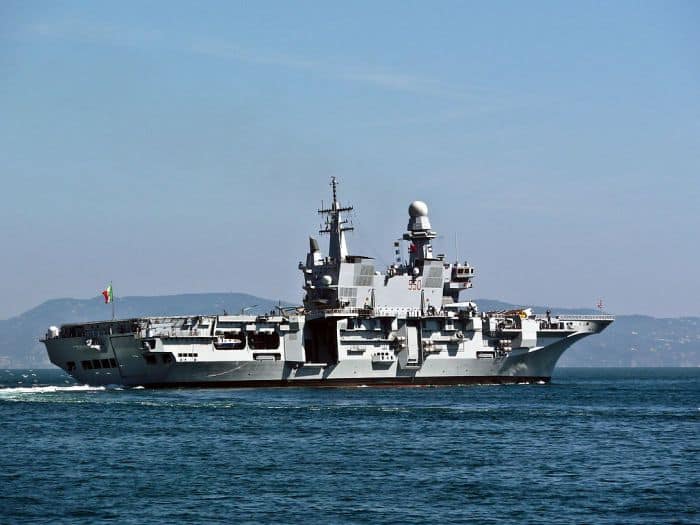
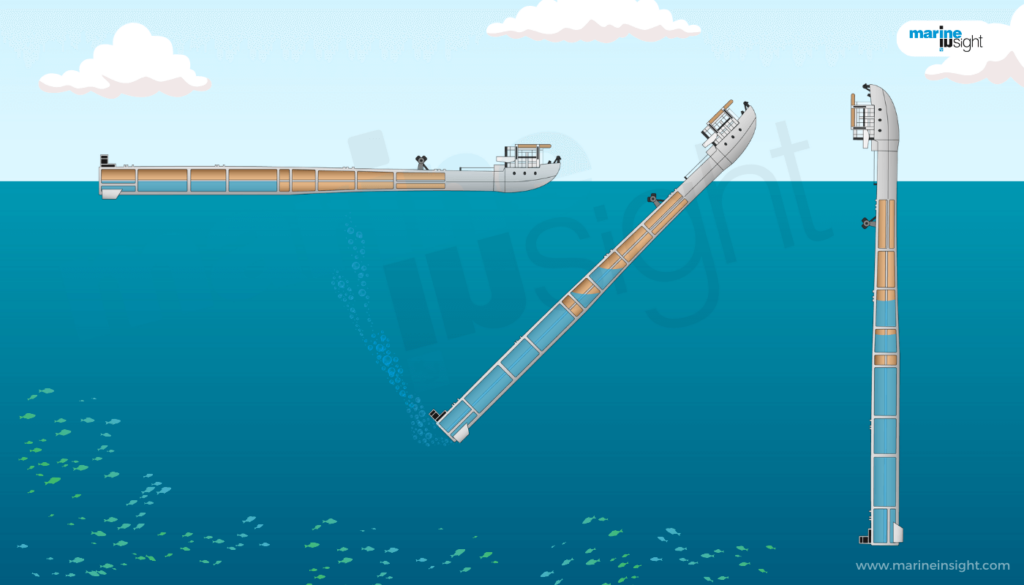
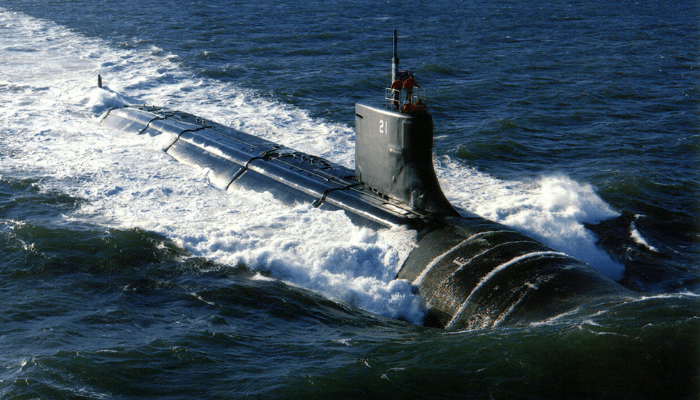
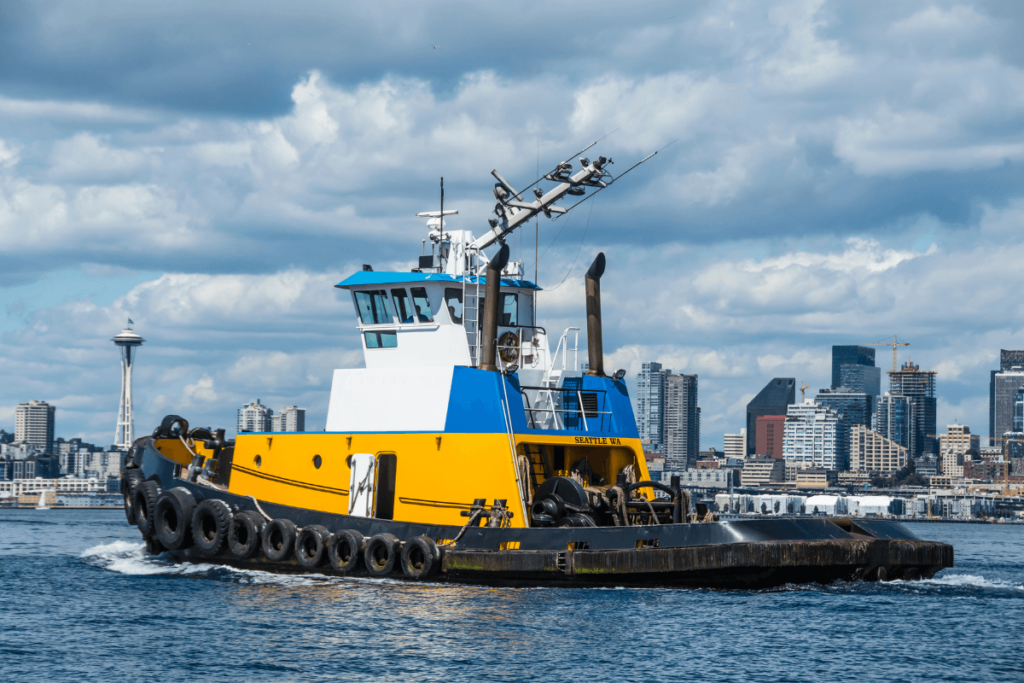
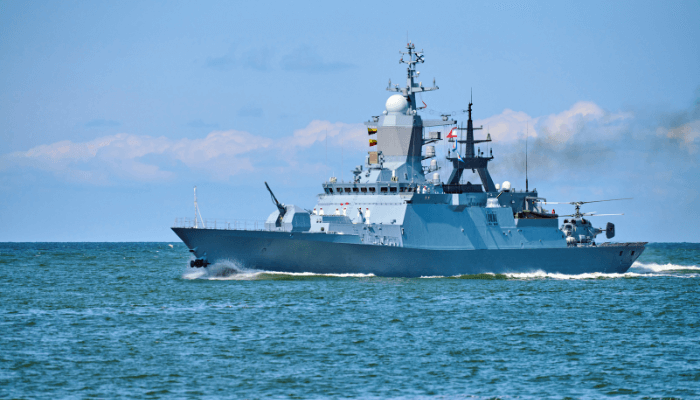
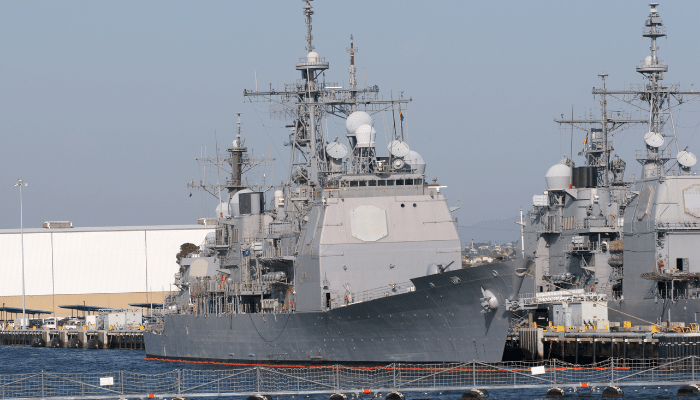

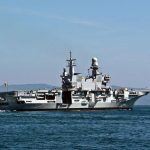
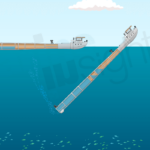
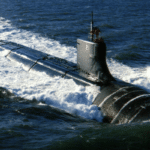



Ok… A few things.
It’s NATO classification is Typhoon Class. Soviet classification is Project 941 Akula(shark in Russian).
Six were commissioned, three have been scrapped thus far. The two you mentioned awaiting refit is inaccurate. They’re awaiting disposal and it would cost a ridiculous amount of money to refit them.
TK-208 Dmitriy Donskoy, the first boat commissioned did actually see a refit lasting several years and has been used as a testbed/training boat as her RIF SLBM armament have been withdrawn from service.